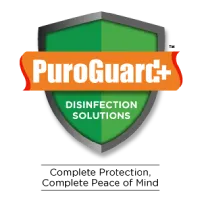Health Care-Associated Infection and the Importance of Hand Hygiene
HCAI is a major problem for patient safety and its prevention must be a first priority for settings and institutions committed to making health care safer.
The impact of HCAI implies prolonged hospital stay, longterm disability, increased resistance of microorganisms to antimicrobials, massive additional financial burdens, an excess of deaths, high costs for the health systems and emotional stress for patients and their families. Risk of acquiring HCAI depends on factors related to the infectious agent (e.g. virulence, capacity to survive in the environment, antimicrobial resistance), the host (e.g. advanced age, low birth weight, underlying diseases, state of debilitation, immunosuppression, malnutrition) and the environment (e.g. ICU admission, prolonged hospitalization, invasive devices and procedures, antimicrobial therapy). Although the risk of acquiring HCAI is universal and pervades every health-care facility and system around the world, the global burden is unknown because of the difficulty of gathering reliable diagnostic data. This is mainly due to the complexity and lack of uniformity of criteria used in diagnosing HCAI and to the fact that surveillance systems for HCAI are virtually nonexistent in most countries.
Therefore, HCAI remains a hidden, cross-cutting concern that no institution or country can claim to have solved as yet.


